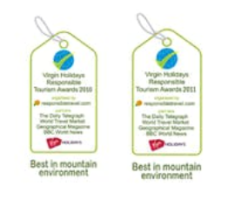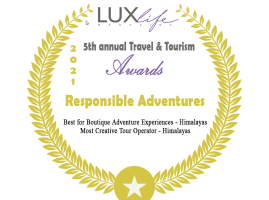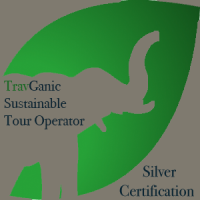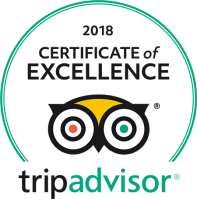Helpful tips for the first time trekker in Nepal
Here is some food for thought!
Any passionate trekker would be motivated enough just thinking about completing a trek in the shadow of the world’s highest peaks; a bonus would be boasting about it afterwards. One doesn’t need to be a seasonal world traveller or an exceptional hiker. All you need is to be in good shape, love walking, and desire to learn about different cultures with an open mind and a sense of adventure, and this dream can become a reality. Having a sense of humour is a bonus.
1. Start easy.
As exotic as a 16-day trek to Everest base camp sounds, take it easy if this is your first time making an extended hiking trip and travelling to a developing nation. We usually advise first-timers to take a shorter trek in the lower elevations, such as in the Annapurna region. However, it will be no less challenging with all the uphill and downhill walking but with a generous supply of oxygen. You will pass through extravagant villages and farms with grand mountain views making up for the physical effort.
2. Book with a tour company or go independent
Opinions vary on this subject of – whether to do the trek with or without a guide. A tour company will save time even for the most independent of travellers. The right tour company can keep you from exasperation and give you peace of mind by taking care of all necessary arrangements in detail. A reputable tour operator should provide a perfect English-speaking guide and porter support.
You will see many younger people trekking on their own with a guidebook – fantastic! However, with an excellent guide, not only will you gain new friends, but you will be able to facilitate logistics and little-known secrets of the area, adding value to your Himalayan hiking experience. More often than not, your guide is from the local area, if not a regular in that region, who knows the villagers quite likely to invite you for a cup of tea or even Rakshi – a local brew. You might be uncomfortable with having a porter to carry your belongings while you are just taking your day pack but keep in mind that you are helping to employ one more local with a relatively good income.
You will be provided with a duffel bag before leaving for the trek, where you pack all your belongings for the trek you need. Porters usually walk ahead with your duffel bag, either meeting you when he is resting or at lunch or sometimes even at the end of the day’s hike. They often reach the lodge ahead as they have a faster pace. Some excellent porters come down on the trail after picking the best room in the hostel and even offer to carry your day pack until the lodge at the end of the day.
3. Trekking lodges.
Depending on the region you are trekking in, the accommodation will vary from elementary tea houses. For example, in some Langtang and Helambu region villages, the lodges were destroyed by the April 2015 earthquake, and some are being reconstructed now. However, a growing number of comfortable family-run lodges and small chains of “Luxury” lodges are owned by more prominent companies. A traditional family-owned inn would have neat and clean rooms with a wooden framed bed, mattress, and shared toilets/bathrooms. You are advised to either bring your own or hire a sleeping bag. Although the lodges have blankets, some of them might be smelly or mouldy. During the peak season, the guides and porters use those blankets. They have quite an extended menu with a variety of hot food. Don’t expect the food to be the same as back home when you order macaroni and cheese. After a couple of days, you will notice that the menu is identical, but the taste will be different as they prepare food fresh and not packaged.
Most trekkers gather in the dining room, and there is usually a heater. There are typically cloth lines on top of the heaters where you can hang your wet clothes to dry. It is a great place to read, play games, or meet other trekkers worldwide.
Tip: You can lay your clothes on the mattress and under your sleeping bag to avoid wearing cold clothes in the morning.
The types of packages vary between different local trekking agencies. However, your meals would be included if you booked with a reputable tour operator. On the other hand, if you are an independent trekker, you will notice the price of food getting more expensive the higher you get. This is because porters or mules carry everything up through rugged terrain.
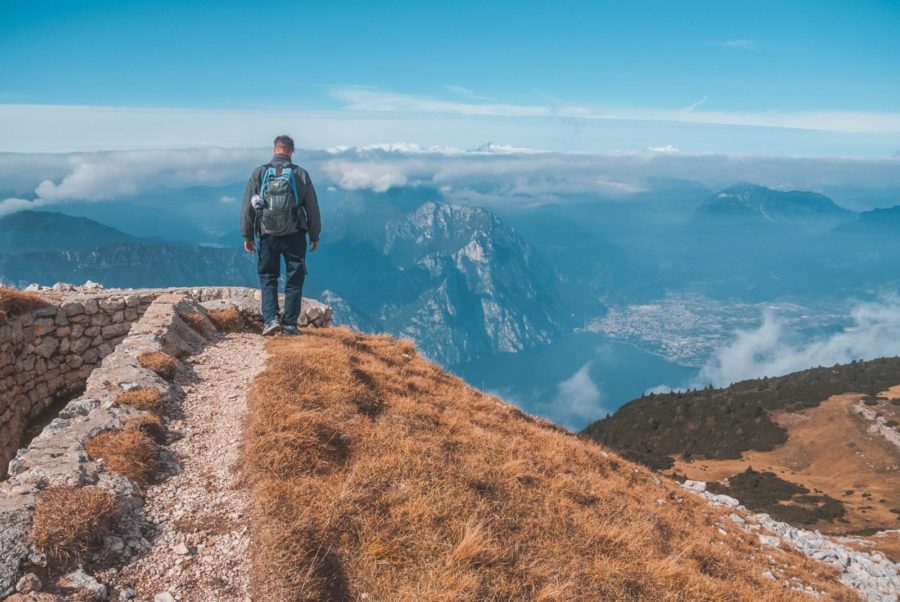
4. Listen to your body.
You are bound to feel the hike’s toughness regardless of your fitness level, as you are not trained for multi-day hikes. However, an excellent guide shouldn’t be too far away, and they should encourage you to stay hydrated and take it slow and steady with frequent stops to admire the scenery and people and rest. It is good to bring some snacks with you to keep the energy levels topped off before or after your lunch.
5. To buy or to rent.
This advice is for non-regular hikers. You can buy cheap knock-off (fake) gear in the numerous “trekking shops” in Kathmandu and Pokhara. You will also be able to rent puffy-down jackets and sleeping bags for about US$1 per item per day. Hiring allows you to return the equipment after the trek you might never use again and gives you room in your suitcase/backpack for souvenirs.
6. Here’s a checklist of other miscellaneous items:
- Bring six (4) passport-sized photos to Nepal for your visa and trekking permits.
- Pack with light layers in mind
- Bring some Aqua tabs/water purifiers and your water bottle to have water on the cheap and avoid buying bottled water bottles. Instead, purchasing a Camelback is a good investment.
- Dress modestly as you’ll pass small villages where local customs are still followed but don’t be surprised to see youngsters dressed up like in the cities – this is due to the internet and social media.
- Photography-wise, bring extra memory cards and batteries, a small tripod, and an Asian two-rounded-prong outlet adapter.
- Wake up early for every single sunrise. Nepal is known for its great lights!
7. Travel Insurance:
Travel has increased compared to last year. While we can enjoy new adventures, it’s essential to be mindful of rules and restrictions that can change from one day to the next, depending on the country you’re visiting. In addition, many have considered having a backup plan in case of unexpected travel-related situations, such as trip cancellation or medical emergencies. This research goes in-depth about the best travel insurance companies so you can save time and energy on your search and, at the same time, compare them to determine if it’s a great fit.


